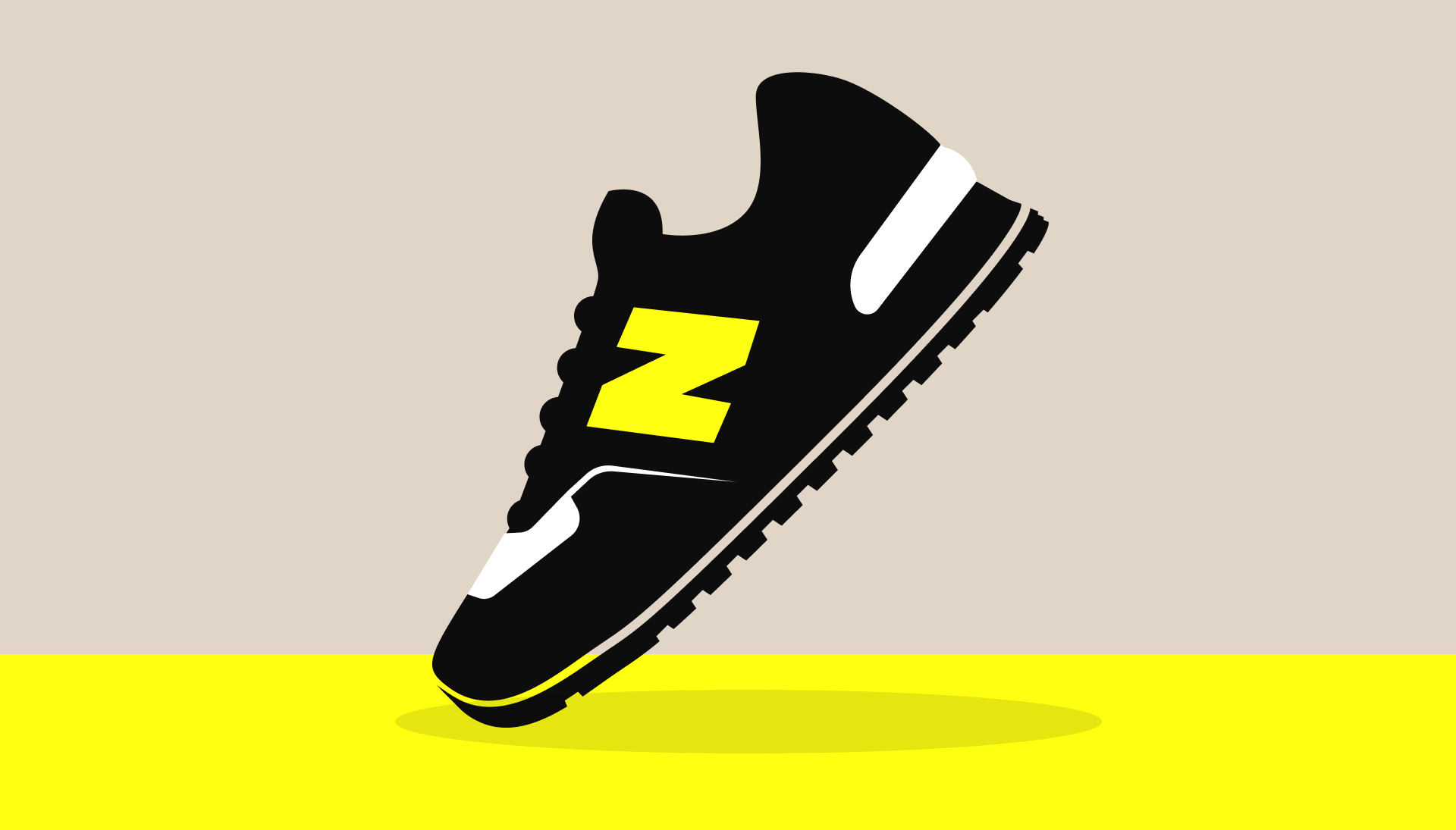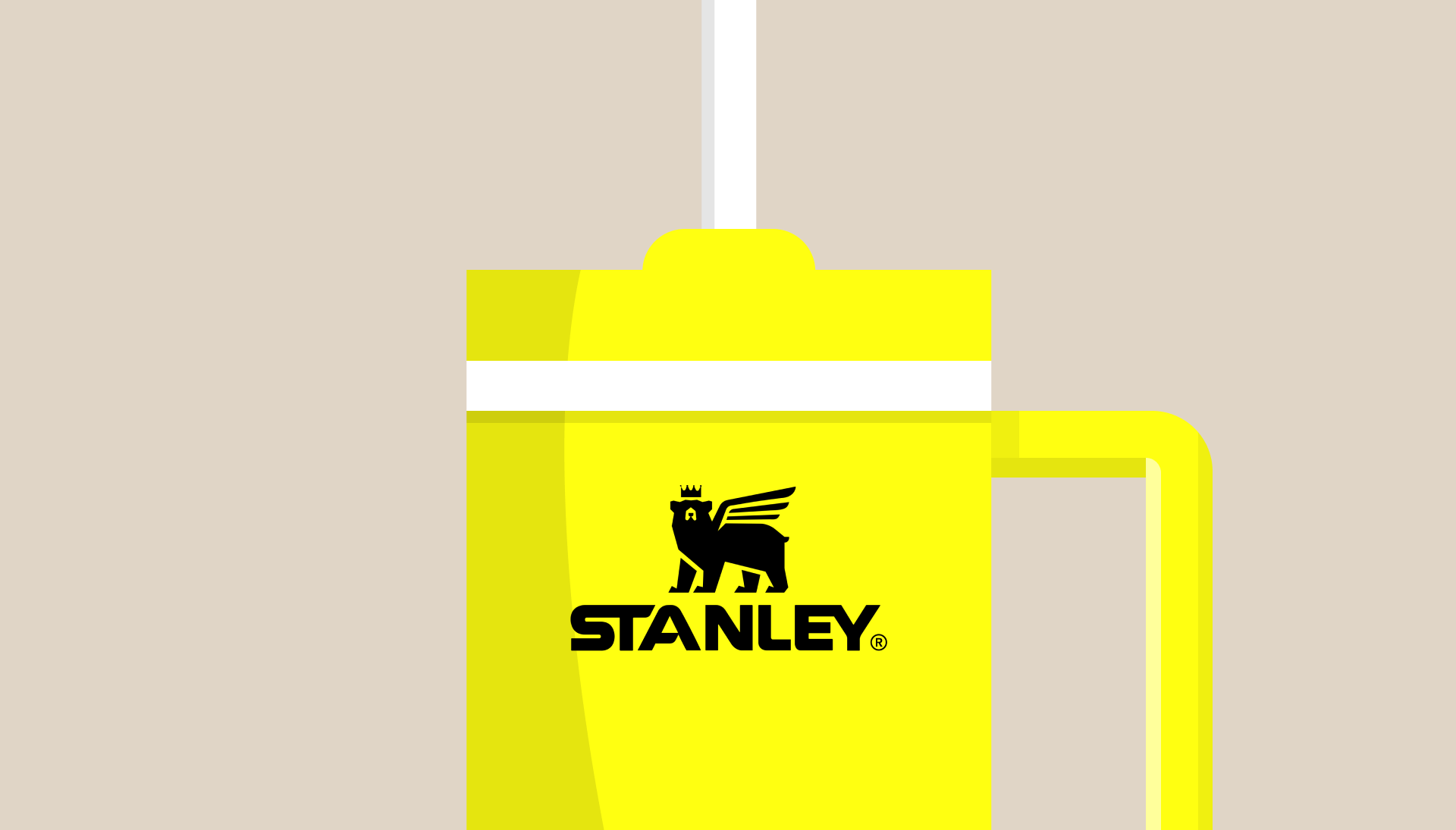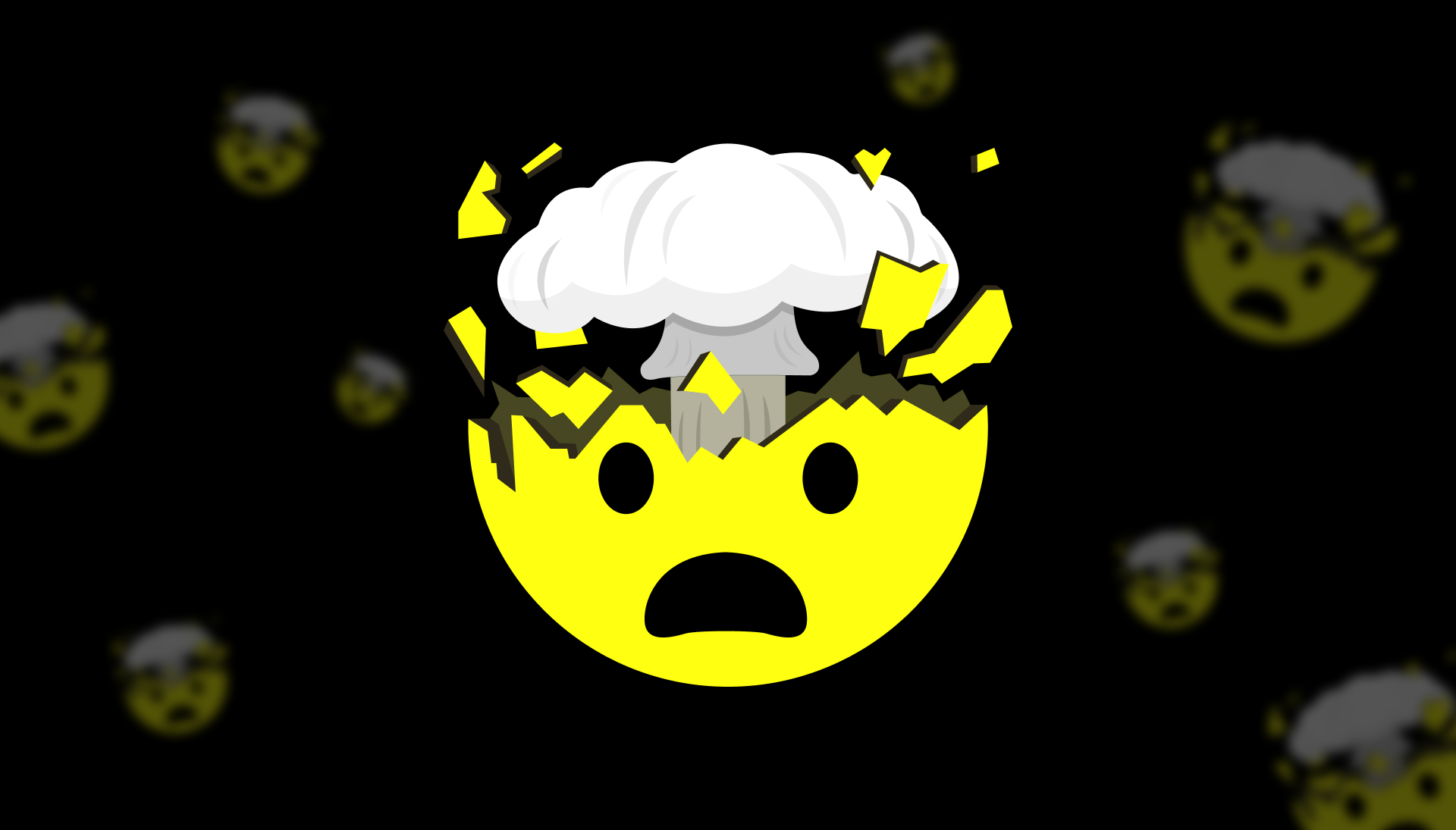Unless you've been living under a rock over the past few weeks you've probably come across a reference to meta or the metaverse in some shape or form. Either thanks to the announcement of Facebook’s rebranding, or in one of many articles written recently about crypto, gaming, AR or just about any other tech being talked about at the moment.
It’s everywhere. Which is kind of apt, really.
I certainly don’t profess to understand much (any?) of it, but in the spirit of being “meta,” I figured I’d write this post as a way of finding out.
Good place to start – the definition of Meta.
Now you probably know someone very smart from your uni days who used to talk a lot about subtext and semiotics and tropes, and things being “very postmodern,” stuff like that. They’ve probably been using the term “Meta” for a long time. It’s about being self-aware or self-referential, and has been a fairly common catch-cry for critics in various areas of the arts.
Perfect example: here’s a review of the 20 most meta movies of all time from 2016, well before the Zuck made Meta a thing. Arthouse directors like David Lynch, Spike Jonze, right back to Goddard and Fellini loved nothing more than for a bit of self-awareness in their films. But if you want a simple example, I give you Monty Python and the Holy Grail’s coconut scene.
But what about the Metaverse, I hear you ask?
Remember Second Life? Well … not there. Second Life’s virtual avatar-riddled world was essentially jumping on the bandwagon started by author Neal Stephenson, in his 1992 breakthrough novel, Snow Crash, where it referred to a 3D world inhabited by avatars of real people. Since then we’ve seen it everywhere from The Matrix to Ready Player One, even the recent Free Guy. (Side note, Snow Crash is rumoured to be one Mark Zuckerberg’s favourite books, and he used to give a copy to all new starters, so we really should have seen this coming.)
But it can’t all be about movies and books. Why has it become a really big thing right now?
Take a look at many of the recent articles/opinion pieces out there about the metaverse – or watch the pretty cringey Facebook becomes Meta announcement video – and the first thing you might pick up on is the convergence of a few things: crypto/blockchain, gaming/esports, wearables/IoT, Big Data, and just to make sure we cover our quota of acronyms, AI, AR and VR. As this commentator put it (much more succinctly than Zuck), it’s ultimately about the fusion of the digital and physical worlds, underpinned by the new decentralised digital economy (ie crypto/blockchain).
But it’s also about staking out territory. We’ve all observed the way major tech brands like Apple, Google and Facebook have tried to corral their users into a closed ecosystem of content and commerce. The metaverse is going to be this on steroids as the major players seek to lock people in to their metaverse and keep the competition out. Because the thing is, there’s no one metaverse. There are multiple metaverses already and many more to come. Decentraland, Somnium Space, The Sandbox, and the imaginatively named, SuperWorld, are a handful of those I managed to track down through a quick google, and there has to be a porn-based metaverse out there somewhere (but I didn’t think it wise to search for that in the office).
All of these have become hubs for digital commerce across everything from gaming, to events, art (thanks to the NFT boom), and real estate. And it’s no stretch to imagine that in these virtual worlds, we’ll soon see plenty of virtual advertising placements. But the important bridge to cross will be connecting a virtual world ad to a real-world action.
This recent Campaign Asia article ticks off many of the other things you’d tend to expect from a marketing POV – virtual clothing, concerts, and given the kind of money being thrown around in the crypto space, luxury brands. FMCGs are also starting to look at opportunities, with Coca-Cola holding an NFT auction that landed them over half a million dollars.
But these are all speaking to a very particular audience. One that’s undoubtedly growing, but will any of this activity see a significant shift in real world sales? Certainly, the aforementioned Coca-Cola NFT auction result is token at best compared to their other revenue channels.
Personally, I’m more intrigued by the possibilities of metaverse-style augmentation IRL, which, for now anyway (zoom meetings notwithstanding), is where we still spend most of our time.
As disastrous as the original Google Glass launch was, it’s clear that’s the way forward for all the key players. Alongside Facebook’s … sorry Meta’s recent collab with Rayban, they’re doubling down with the announcement of Project Nazare. Then there are the much rumoured Apple glasses, and other players including Amazon and Snap. The potential for real-time, location-specific marketing linked to a wearer’s social media activity is a retailer’s dream come true.
If one thing’s for sure though, it’s that the reality of the metaverse will continue to shift. Watch this space, and we’ll endeavour to keep you across it. In the meantime, if you have any thoughts you’d like to share on Life, the Metaverse, or Anything, feel free to get in touch at hello@affinity.ad – we’d love to hear from you.


















